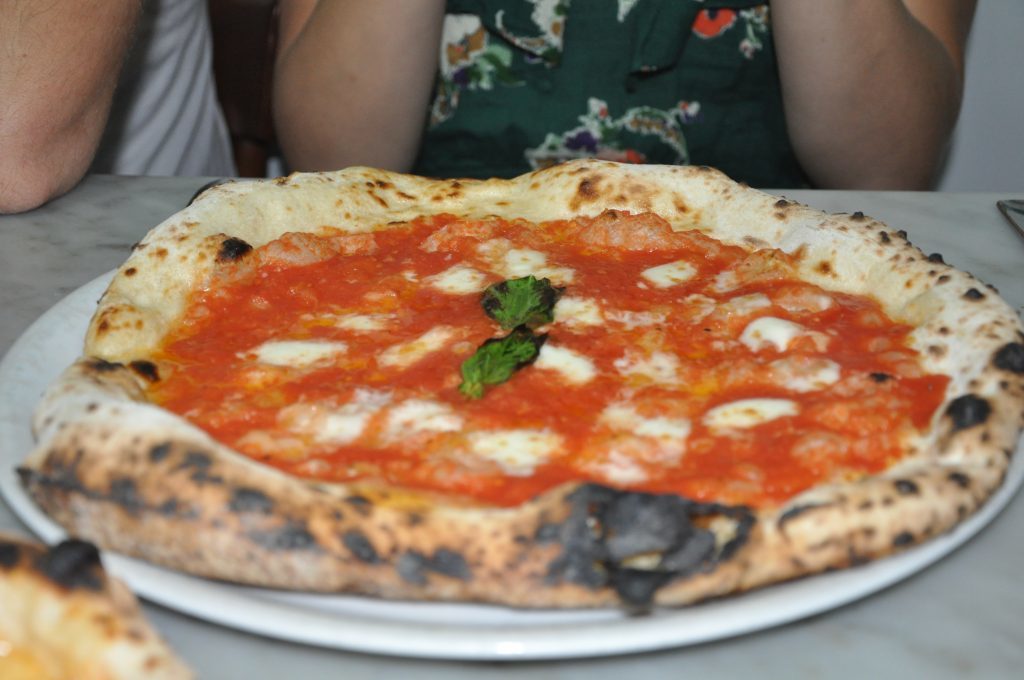
10 Italian Etiquette That You Should Know
Italy, the country of contemporary architecture and divine cuisine. This country is one of its kinds as it has more secrets and more amazing places to discover. If you are planning a trip to Italy, whether it is for pleasure or business, it is important to be prepared. Well, I’m not talking about the basic like passports or currency or comfortable clothes, it is mainly about the etiquette that this marvelous country carries. Learning basic Italian is permissible but familiarizing yourself with Italian customs and decorum is essential, so you won’t offend anyone unknowingly to get yourself into a sticky situation. If you don’t any Italian formalities, here are some to help you. It is an easy to read one so you can do it while packing!

- When meeting with friends or strangers, it is better to wish each other good day or good evening. Ciao is not used between strangers and Italian who are friends prefer to greet each other with a kiss. It is usually first on the left cheek, then on the right one. However, when you are meeting someone new, better shake hands.
- As you know Italy is full of churches and many of them contain significant works of art. So be sure to dress appropriately.
- Remember to take care of your belongings. Make sure that all your valuables are well0kept in bag hidden in your bag. It is better to take a bag that has zip so no one would want to steal it.
- If your hotel provides it then, else don’t expect your first meal of the day to be anything like back home. Most Italians start their day with a mere coffee, or a coffee and cornetto. Cereal is starting to hit grocery-store shelves, but it still seems a rare choice — and if you’re looking for good old scrambled eggs and pancakes, forget about it! If you can’t start your day without, either pick a hotel that explicitly offers American-style brunch or plan to grocery shop and cook your own food.
- If you must have a caffeine hit before a meal (and really, when you’re facing a 3-hour dinner that starts at 9pm, who can blame you), duck around the corner for a quick espresso at a nearby café.
- Italians follow rules regarding mixing dairy and meat that seem as strict as keeping kosher — only somewhat less consistent. While you might think, given the previous rule, that you’d be allowed to have a cappuccino after a meal, you’d be wrong. A cappuccino has milk in it! You’ve probably just eaten meat! The mix of the two in your stomach can make you get sick and die! And yes, this rule applies even if you had an all-vegetarian meal.
- NEVER use a knife when eating pasta, if you cut your pasta it then becomes impossible to twirl. To eat spaghetti, you only use a fork (only small children use spoons to help them out). And, incidentally, there is no such thing as spaghetti alla bolognese (or bolognaise if you prefer the French spelling), it simply does not exist. You can, however, usually find pasta al ragù, which differs from region to region and, to be honest, from village to village.
- If you’re starving, okay. (Who am I kidding — I start chowing down on bread before the food comes almost every time). But at classic trattorias, the bread is there as an accompaniment to your primi and secondi, especially to dip into leftover sauces (again, admittedly not the most elegant thing to do, so don’t do this at La Pergola — but at a humble hosteria it’s fine), not as a way to fill you up pre-dinner.

- If you’re starving, okay. (Who am I kidding — I start chowing down on bread before the food comes almost every time). But at classic trattorias, the bread is there as an accompaniment to your primi and secondi, especially to dip into leftover sauces (again, admittedly not the most elegant thing to do, so don’t do this at La Pergola — but at a humble hosteria it’s fine), not as a way to fill you up pre-dinner.
- When your waiter brings you a bill (remember, you have to ask for it!), make sure that it’s itemized. Sometimes, restaurants will just write a total number down, or even just say it. In that case, ask for the itemized bill. It’s the only way to know if you’re being charged what you should be.
- First, one thing to keep in mind: Waiting tables in Italy is much different than waiting tables in the States. Many Italian waiters are paid off the books, meaning they’re not paying taxes. If they are on the books, then they get paid vacations (some six weeks per year or more) and paid sick leave. And they have national health. Furthermore, if servizio has been added to your bill, then leave nothing on top. Rest assured knowing that, since most Italians won’t even have this servizio on their bill and won’t tip, you’re still tipping quite a lot in comparison
If that made you in mood for some delicious Italian food, then drop by Red Carpet Italian Restaurant in Miami, FL. The perfect to have a bit of Italy and relax. Each dish at the restaurant is made with the finest ingredients to bring the authentic Italian palate.



